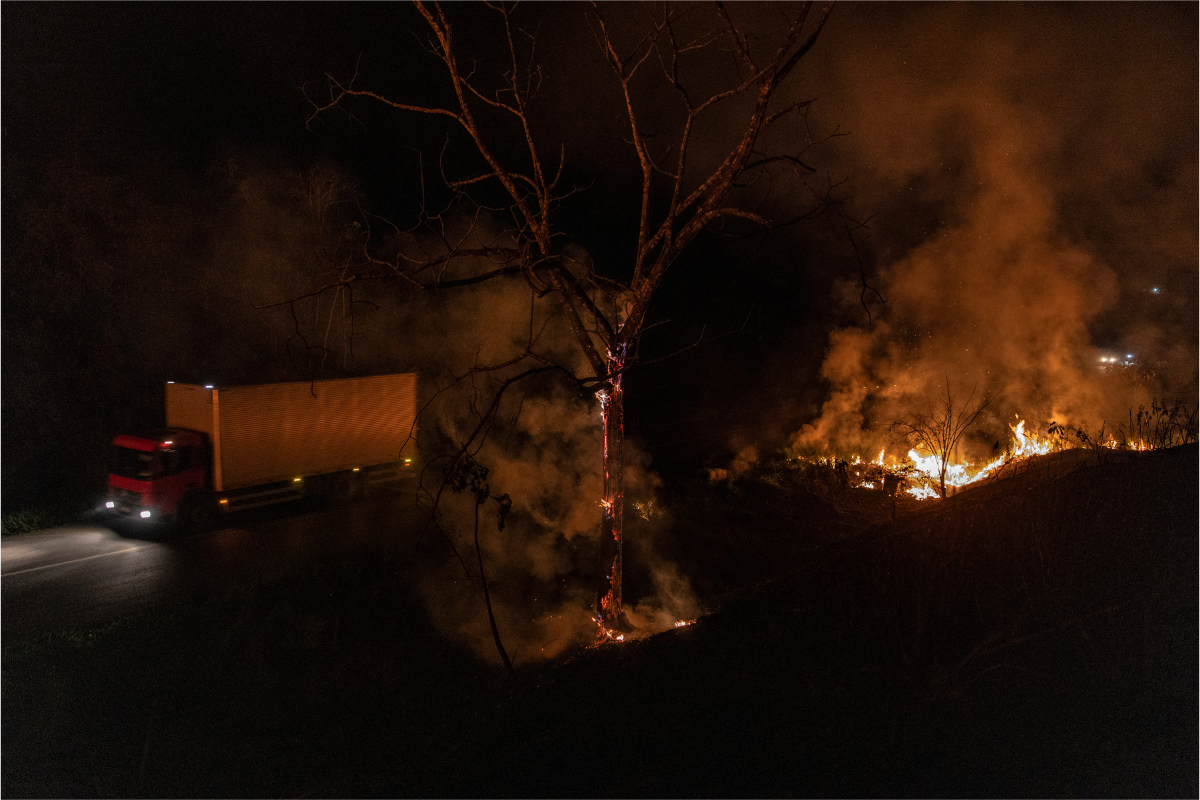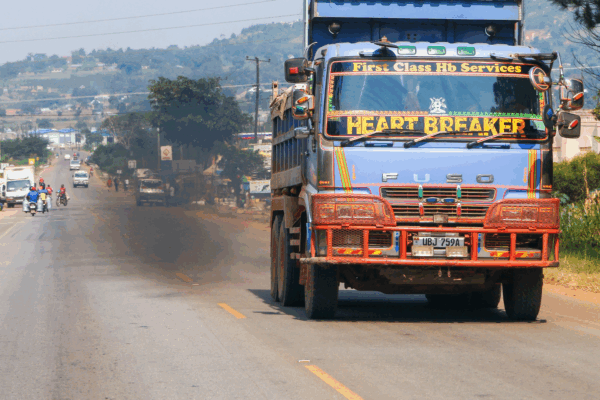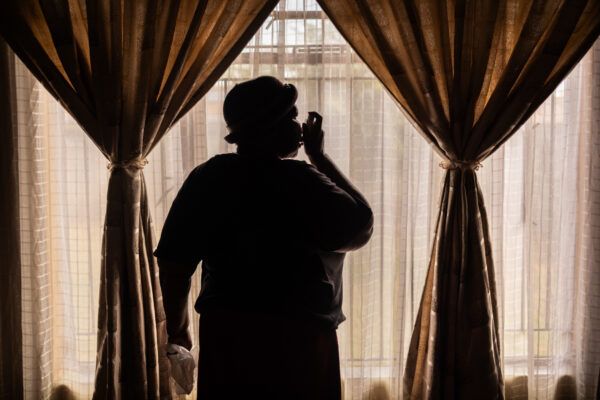Wildfires wreak havoc on communities, destroying their environment and polluting their air. The fires emit soot, or black carbon, a dangerous super pollutant that degrades the air quality and harms people’s health. This air pollutant also directly contributes to the global warming that drives the wildfires, making them more frequent and more intense.
It’s a global problem that is felt very close to home. Arresting images, taken by photographer Victor Moriyama in the Amazon region of Brazil, show fires pumping black carbon emissions into the air, contributing to poor air quality and rising temperatures.
The photos are part of a larger collection launched by Climate Visuals and Clean Air Fund ahead of COP30 in Belém. The images highlight the causes and impacts of black carbon in Brazil and are free for non-profit, educational and editorial use on the Climate Visuals library.
Black carbon is one of the world’s super pollutants, alongside methane and tropospheric ozone, that contribute to half of today’s climatic warming.
A photo story: Communities in Brazil’s Amazon region

During the months of August, September and October, the Amazon region historically suffers from urban and forest fires, filling the skies with smoke.

Black carbon’s impact goes beyond climate change – particles coat our lungs, contributing to millions of premature deaths from air pollution each year.

Communities are breathing toxic air, which enters bloodstreams and leads to diseases like asthma, strokes, heart attacks, cancer, and dementia, as well as low birth weight, stillbirths and miscarriages.


Action on black carbon and other super pollutants can be our ‘emergency brake’ to the climate emergency, with the potential to cut near-term temperatures four times faster than action on carbon dioxide alone. Solar panels reduce black carbon by replacing fossil fuel combustion with clean energy.

Clean Air Fund is advocating for joined-up climate action, and clean air policies and investment at COP30. See our activities at COP30.


